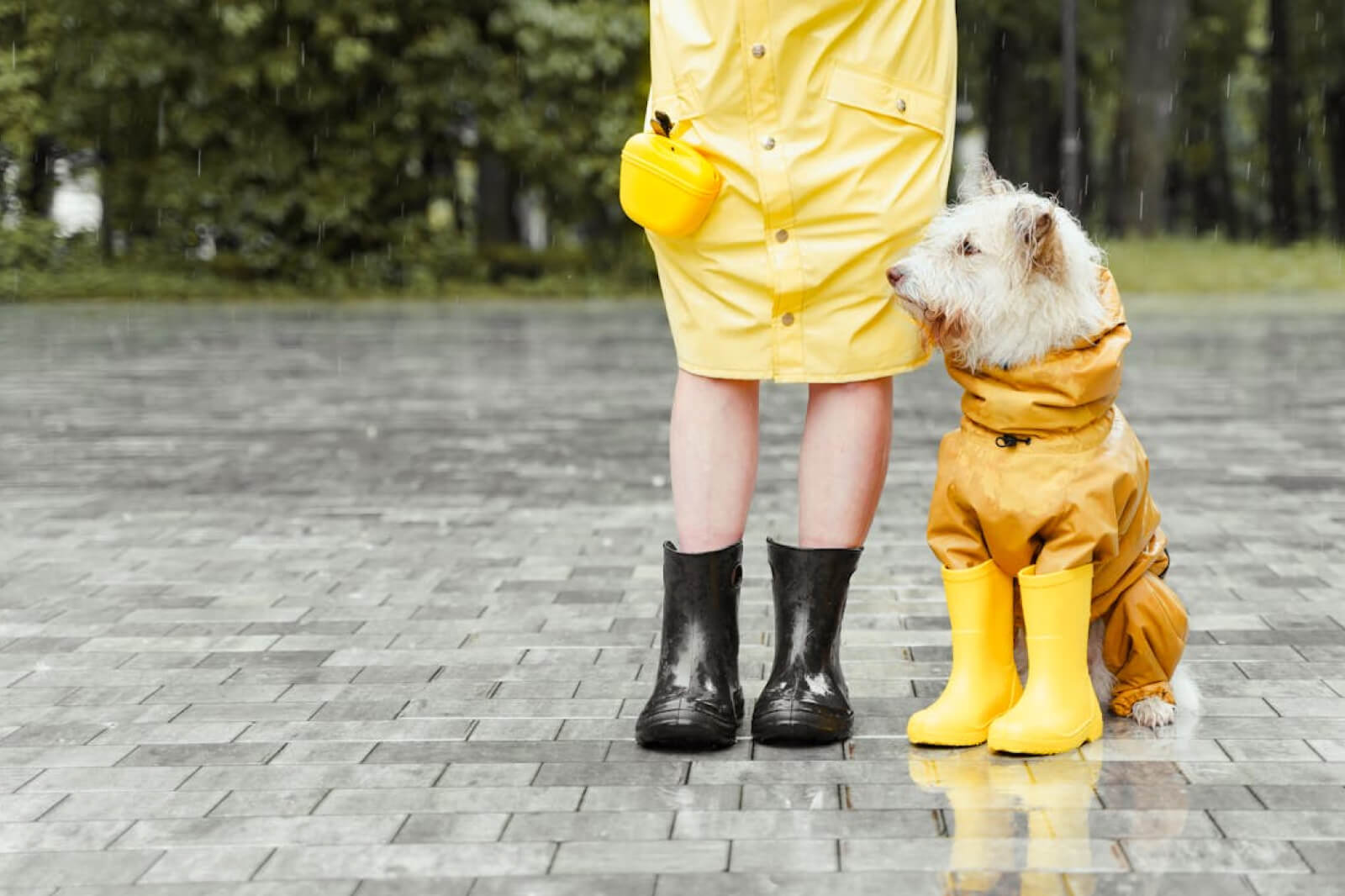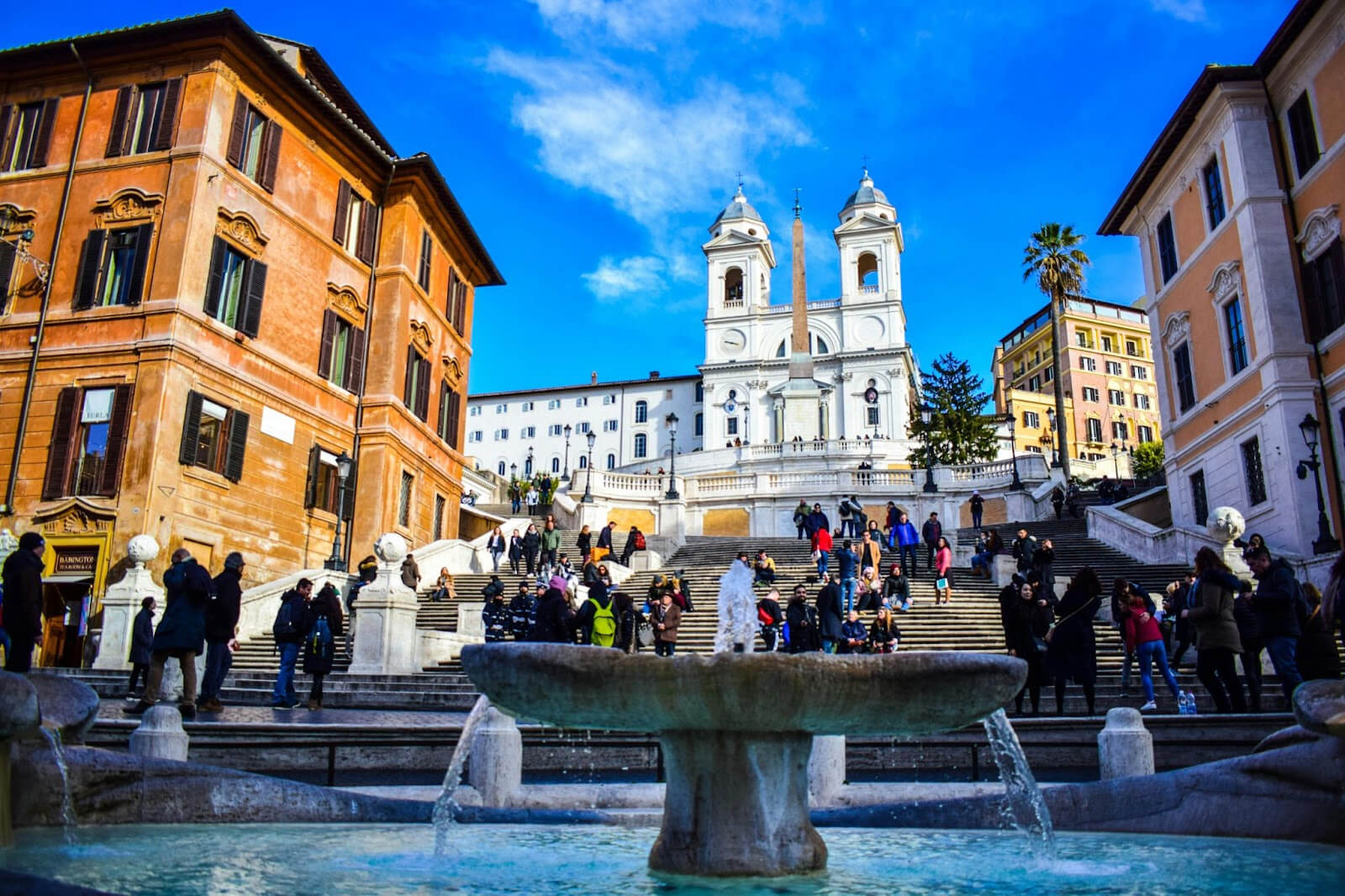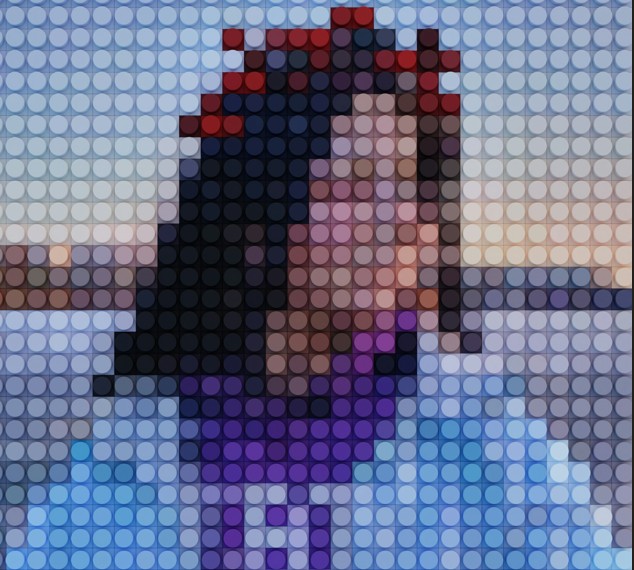
Legends About the Northern Lights (And Where to See Them)

Myths and legends about the Northern Lights

That hasn’t stopped me from entertaining myriad fantasies about those colorful lights up in the sky. For that, I can probably blame the fantasy novels I grew up on, particularly Phillip Pullman’s His Dark Materials, in which the Northern Lights are a city in a parallel universe.
The Northern Lights have, of course, captivated people for many thousands of years, and a huge variety of myths and legends have built up their mystique over time.
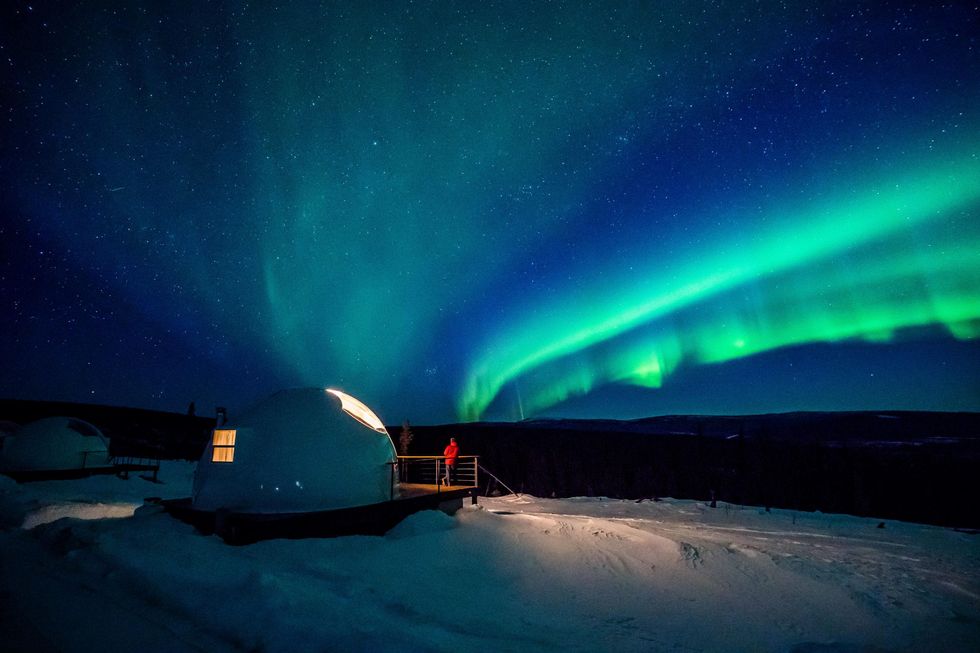
The ancient Greeks coined the term “Aurora Borealis,” with “Aurora” meaning “sunrise” and “Boreas” meaning “wind.” They believed that the Aurora was the sister of Helios (the sun god) and Seline (the moon god) and that she rushed across the sky to alert her siblings of the beginning of a new day; the Romans also believed she was the goddess of dawn.
The Lights also feature heavily in Norse mythology. In Iceland, the lights were associated with childbirth and mothers believed that they would help soothe the pain of delivery. In Greenland, the lights were thought to represent the souls of unborn babies.
In Finland, people believed that the lights were conjured by a “firefox” who raced across the sky, leaving behind fragments of light that formed the Aurora. Some Norse myths propose that the Lights were reflections of light off the shields of the Valkyrie, female sky warriors. Another myth proposes that the Lights are a bridge that lead those who lost their lives in battle to the afterlife, Valhalla. Scottish Gaelic myths propose the lights are warring fallen angels.
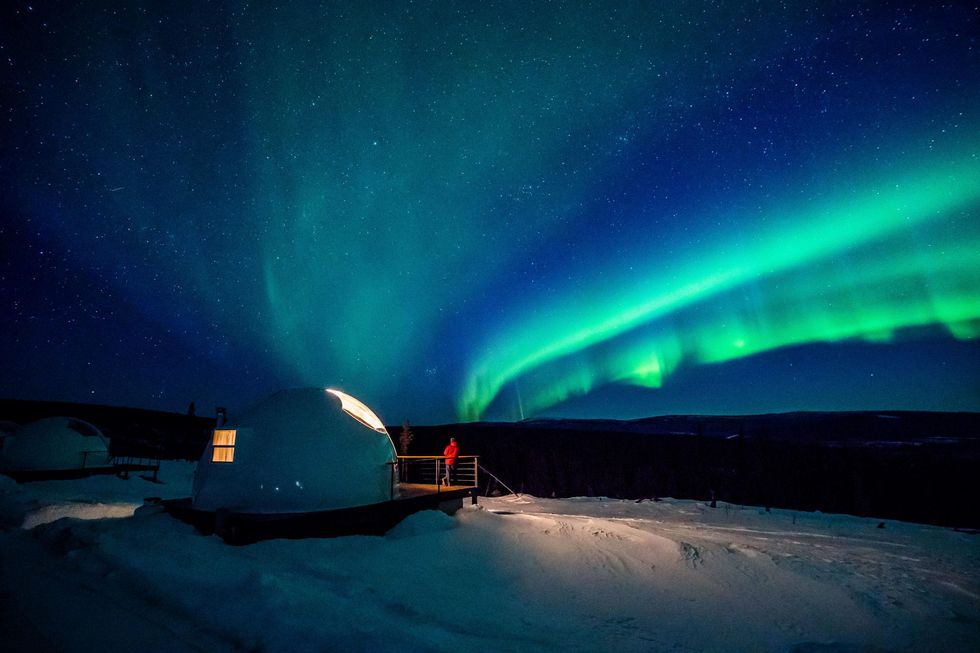
Northern lights are less common in the East; but because of their rarity, they generated some fascinating legends. Some early Chinese legends propose that the lights are the result of a celestial battle between two dragons, one good and one evil. Some Russian legends also share the same idea, associating the lights with dragons.
Some Japanese stories propose that babies born under the Aurora will be born blessed and lucky.
In North America, where the Northern Lights could often be seen, Indigenous peoples have a huge variety of legends about the source of the Lights. The Cree Indians believe that the Aurora consists of spirits of the dead, trying to reach those back on Earth. The Algonquins saw the light as a fire made by their Creator, Nanahbozho, who used the lights as a way of showing his people he was thinking of them. The Menominee Indians believed the lights were the glow of the torches of gentle giants fishing in the night sky.
On the opposite end of the spectrum, some Inuit tribes believed that the lights were the result of the spirits of dead humans playing a ball game with the skull of a walrus. The movements of the lights are the results of spirits running after the skulls (or, in some legends, the walrus are the ones playing with human skulls).
Some stories are darker, like those of the Sami Indians, who believed the lights were blood from the dead or murdered, and some will even stay inside when the Lights are out. In fact, around the world the Northern Lights are associated with bad omens. Some believed the lights were lanterns carried by demons chasing lost souls, while others felt they were omens of violence and war, possibly because of the dark blood red color they sometimes turn.
This belief has persisted. When a blood red Aurora rose in Scotland and England in the weeks before the French Revolution in the 18th century, people took them as signs of impending violence. Eerily, blood red Auroras have appeared at battles from the Greater Wrath in Finland to the Franco-Prussian War.
Then there’s the boring explanation. According to modern science, the Aurora is formed when the Sun releases a burst of energy called a “solar wind” that races across the galaxy like a wave. When it reaches the Ozone, the gases of our planet’s protective layer merge with the Sun’s energy and change colors, creating the magnificent shades that form the Aurora and that have inspired so many for so long.
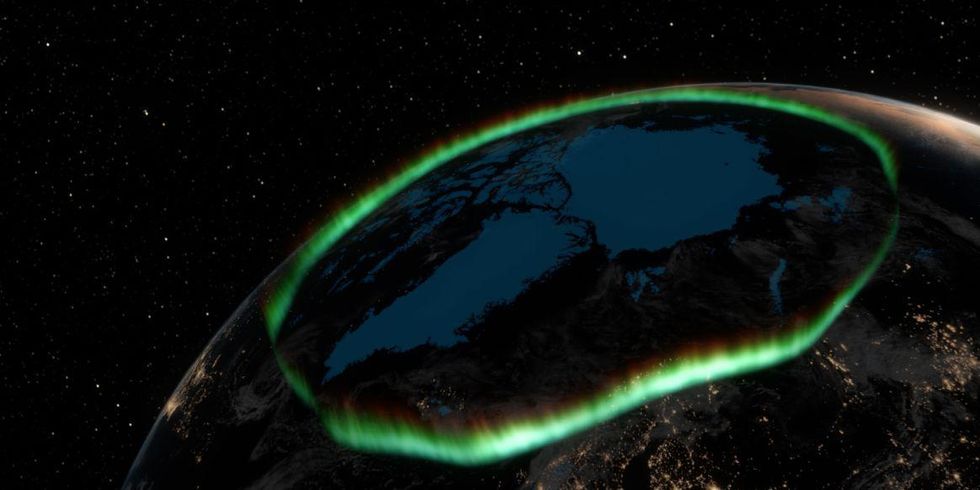
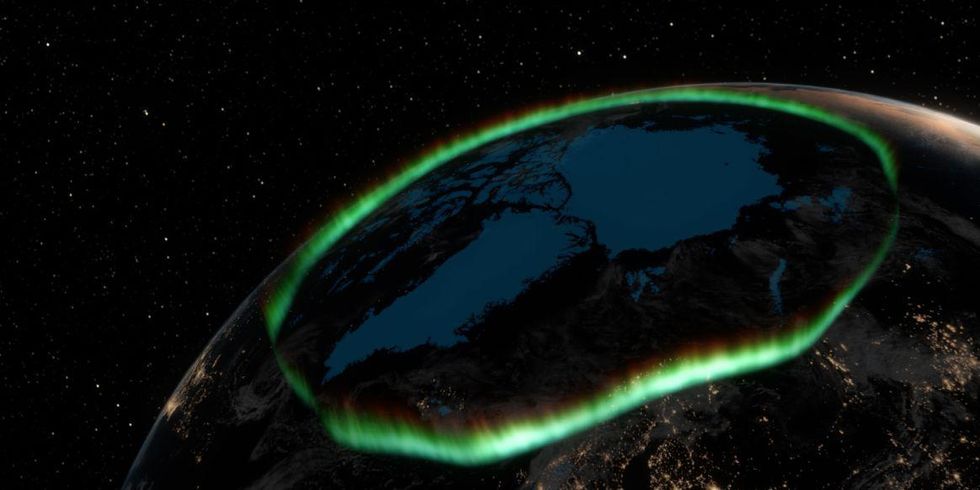
Today, some of the best places in the world to see the Northern Lights are cited as Fairbanks, Alaska and Jokulsarlen, Iceland, both places I’ve been (but again, I never managed to see the lights…) They can also be seen from places in Norway, Scotland, Canada, and Sweden, and are most easily spotted in places with dark, clear skies, preferably during a time between April and August.
